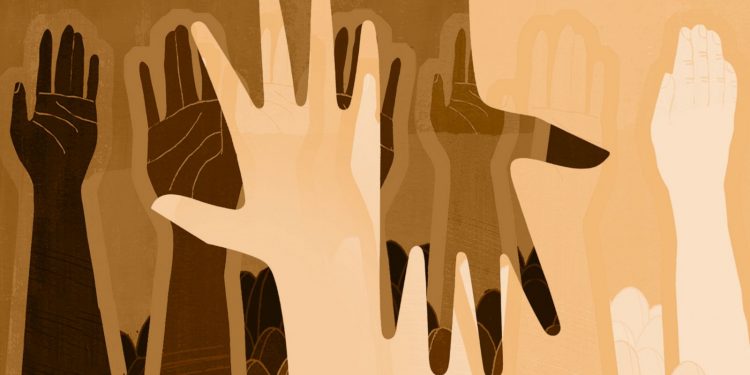My dad was born in a Texas border town, the third of eight children. He lived with his grandparents and went to school while his parents and the rest of his siblings traveled as migrant farmers for much of the year. He earned a full scholarship to the University of Dallas and became the first person in his family to ever go to college. In 1987, he enlisted in the United States Navy and has served in the military for the past 25 years. He now holds a Masters in social work and numerous professional certifications, helping veterans and active military members with combat-related mental stress. It is an amazing story, almost like a ready-made Hollywood movie: fighting out of the depths of poverty to achieve success and a better life for your children is the American Dream.
But my whole life I barely heard anything about it. I grew up with only a vague, disconnected sense of my family history and how I belonged to it. My dad never wanted to teach my brothers and me about Mexican culture and never spoke about his childhood.
For a long time, I was angry that I knew so little about my heritage. But really, who can blame my dad for not being proud of his past? Pride in Hispanic heritage is not exactly encourage in American society. We are reduced to stereotypes: the drug dealer, the “sexy mamacita,” the illegal immigrant. In order to avoid these harmful and limiting stereotypes, we are forced to blend in with the white ideal and leave behind our cultural history. My culture has been erased and reborn so many times that I’m sure it would be impossible to trace my family’s history back even half as far as many European people can. Access to that history, that sense of connection and identity that comes from knowledge of your ancestors is a white privilege that many, if not most, people of color don’t have.
Unfortunately, privilege is the kind of thing you often cannot see unless you don’t have it. Getting your privilege checked is not an attack or an insult, it is a gentle reminder. When people of color speak out about privilege, we are reminding everyone that we have a place on this campus, and we have experiences and perspectives that are different than the white narrative perpetuated at this school.
Clearly, something is not working. Microaggressions by peers, faculty and administrators are far too common. The racial breakdown of the student population is overwhelmingly white; 77 percent is far too high, especially when the national average is 60 percent. The question remains whether the student body and administration are actively committed to making the university a more inclusive, safe space for minority students and creating effective policy changes to make this school a better place .





